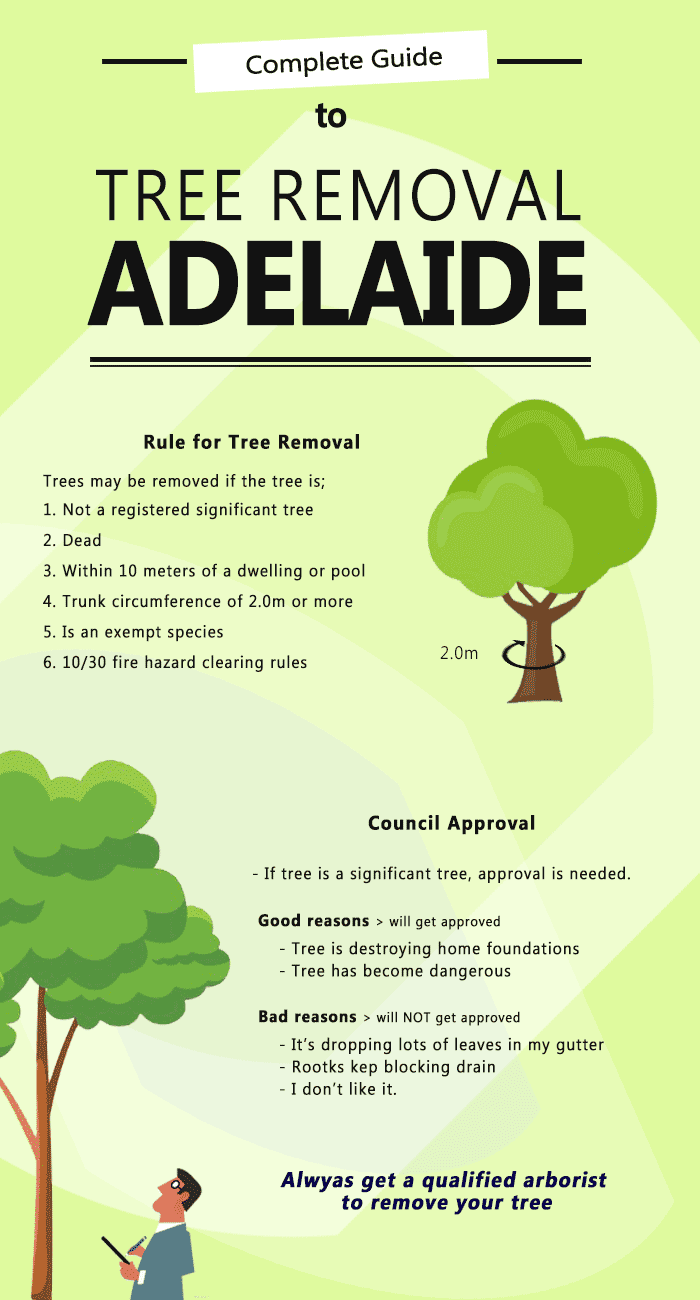The Environmental Implications Of Logging: Crucial Realities To Be Familiar With
The Environmental Implications Of Logging: Crucial Realities To Be Familiar With
Blog Article
Developed By-Franck Boyette
When it involves the ecological influence of tree removal, there are critical aspects that require your attention. From the complex web of connections within communities to the subsequent results on environment patterns, the consequences are extensive. You could be shocked to find the elaborate methods which the elimination of trees can resound throughout the atmosphere. Keep tuned to untangle the elaborate links and implications of this seemingly straightforward act.
Deforestation and Environment Loss
Logging and habitat loss are essential problems coming from tree elimination. When trees are cut down, it interferes with entire ecological communities. Not just are the trees themselves lost, however the homes and food sources of numerous plant and pet types are destroyed also. Birds shed their nesting websites, creatures shed their shelter, and pests lose their habitats. The effects ripple with the food chain, influencing predators and prey alike.
Furthermore, logging contributes to climate adjustment. Trees play an important role in soaking up carbon dioxide, a greenhouse gas that catches heat in the environment. With fewer trees, there's much less co2 absorption, resulting in boosted degrees of this gas in the atmosphere and exacerbating global warming.
Environment loss is a direct outcome of logging, as the devastation of woodlands suggests the loss of unique and varied ecosystems. Numerous varieties are not able to adjust to quick adjustments in their setting, leading to population decreases and, in some cases, extinction.
Safeguarding woodlands is vital to keeping the fragile equilibrium of nature and making certain the survival of numerous plant and pet types.
Influence on Biodiversity
The removal of trees has a considerable influence on biodiversity, impacting the variety and abundance of plant and pet species in a location. Trees offer environment and food resources for various organisms, from insects to birds to animals. When trees are gotten rid of, these types shed their homes and sources of nutrition, leading to a decrease in their populaces. https://www.architecturaldigest.com/gallery/lush-home-garden-landscaping can have plunging effects on the whole ecological community.
Furthermore, look at this website play a critical duty in keeping biodiversity by creating microhabitats within their covers, trunks, and origins that sustain a wide range of varieties. When trees are reduced, these specialized environments are damaged, minimizing the overall diversity of the area.
Furthermore, the elimination of trees can cause a decline in hereditary diversity within plant populaces, as specific tree varieties may no more have the ability to replicate or distribute successfully. Protecting trees and forests is important for protecting biodiversity and ensuring the wellness of ecosystems for future generations.
Dirt Erosion and Climate Change
With trees being eliminated from an area, the disruption of soil framework and stability happens, bring about increased dirt disintegration. Trees play an essential function in stopping erosion by holding soil in place with their root systems. When trees are eliminated, especially in large numbers, the soil ends up being more susceptible to erosion from wind and water. This erosion not just influences the instant surroundings but can also bring about sedimentation in neighboring water bodies, affecting water high quality and water environments.
Additionally, trees help regulate the climate by soaking up co2 during photosynthesis. When trees are cut down, this natural carbon sink is lessened, adding to increased degrees of greenhouse gases in the ambience. This can worsen environment adjustment, resulting in more severe climate occasions and disruptions in ecosystems worldwide.
As a result, the elimination of trees not only increases soil erosion yet additionally contributes in the bigger environmental problem of environment change. It's crucial to think about these variables when evaluating the influences of tree removal on the environment.
Conclusion
Now that you recognize the ecological influence of tree elimination, take into consideration the consequences prior to cutting down trees. Deforestation disrupts communities, decreases biodiversity, and adds to dirt disintegration and climate change. By bearing in mind the impact of tree removal, you can aid safeguard our atmosphere and preserve the fragile balance of nature. Make informed choices and consider alternative solutions to decrease the negative impacts on our earth.
